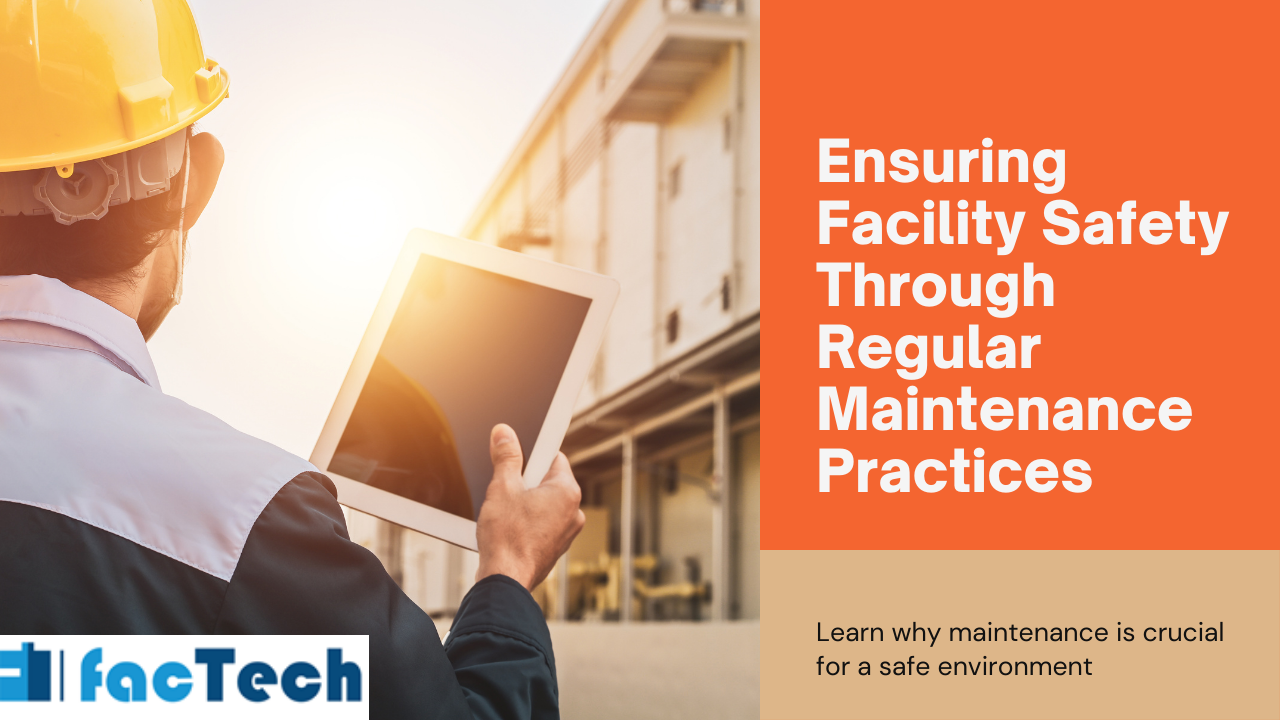The Importance of Regular Maintenance for Facility Safety
The Importance of Regular Maintenance for Facility Safety
In the grand scheme of facility management, upgrades and renovations frequently take precedence over routine maintenance. But disregarding this important duty can have dire repercussions, particularly in terms of safety. A well-kept building aims to provide a safe and secure environment for all occupants, not just for show or for operational efficiency.
The Connected Lines of Upkeep and Safety
A wide range of tasks are included in facility maintenance, from regular cleaning and inspections to repairs and replacements. Every one of these components is essential to protecting inhabitants from possible risks. Let’s examine how in more detail:
Aggressive Hazard Recognition: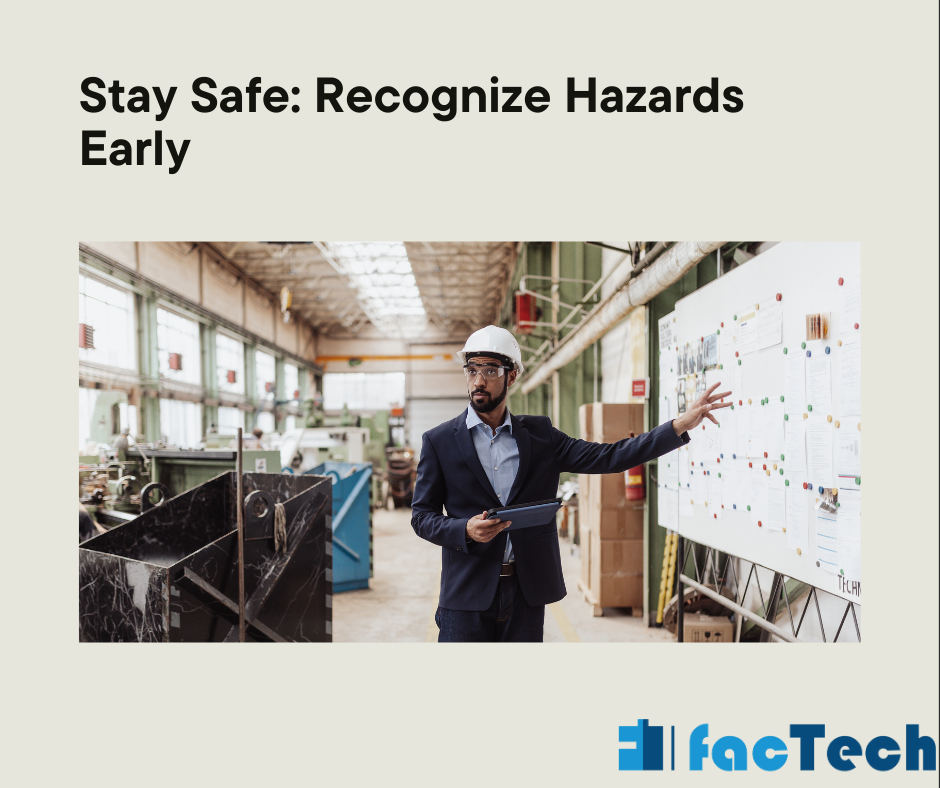
The purpose of routine inspections is to find possible flaws before they become serious ones. This can entail looking for loose plumbing system leaks, fraying carpets, broken fire alarms, and wiring. Management can avert mishaps and injuries by attending to these problems at an early stage.
Typical “wet floor” indicators are not indicative of aggressive risks. They are unseen threats that could result in abrupt, disastrous occurrences. These risks may include:
Equipment failures:
Toxic gas leaks, fires, and explosions might result from a broken ventilation system, a defective pressure vessel, or a loose electrical connection.
Infrastructure deterioration:
Walls with cracks, ceilings falling in, or support structures that aren’t strong enough might cause collapses or fallout.
Inadequate ventilation:
Leaking containers, or storing incompatible chemicals together can all lead to hazardous odors or explosions when it comes to improper chemical storage.
Safety systems that are neglected:
If emergency exits, sprinkler systems, or fire alarms are not routinely inspected and maintained, they may malfunction when they are most needed.
Regular Maintenance’s Significance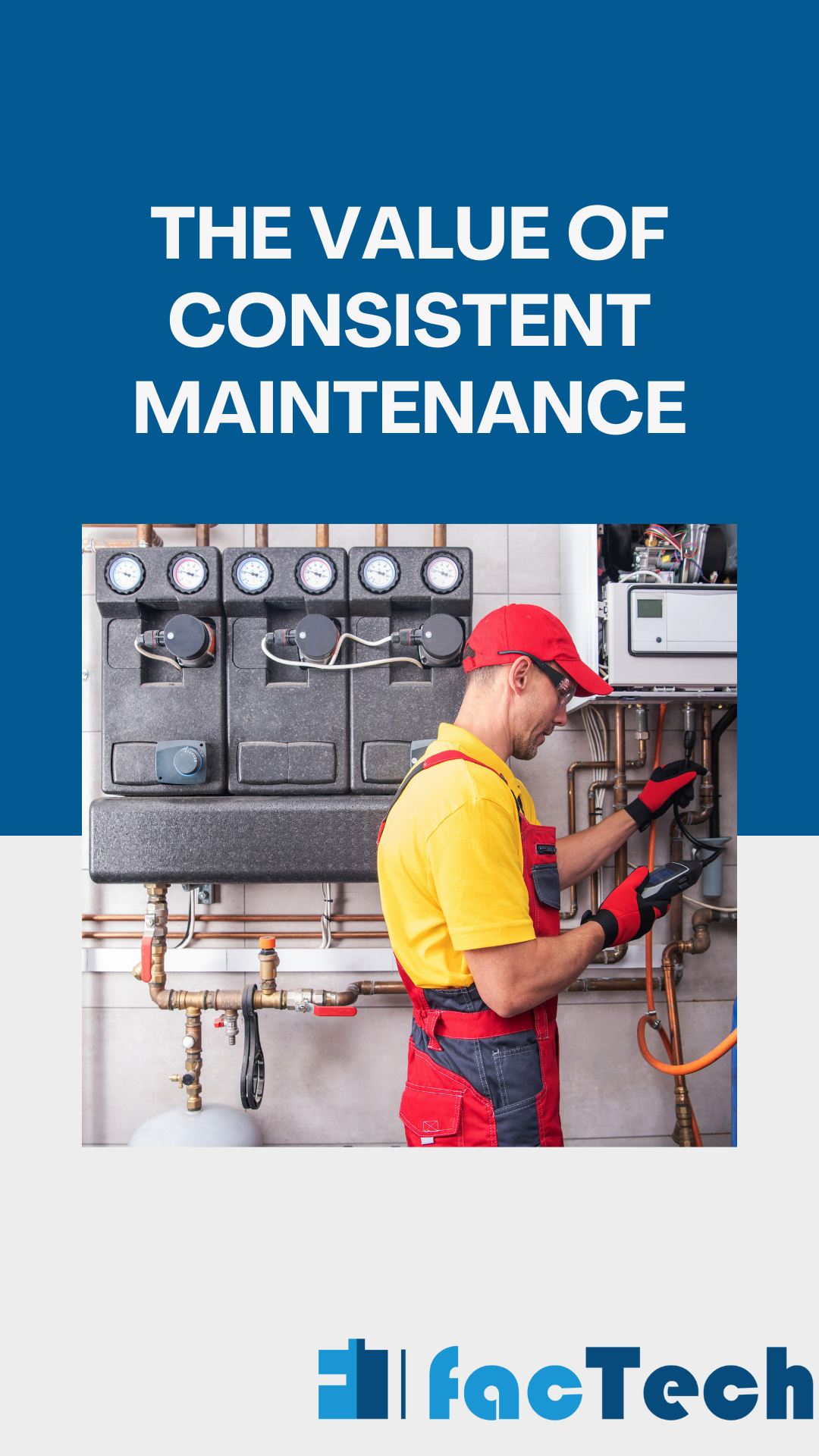
Frequent upkeep provides protection from these hostile dangers. How to do it is as follows:
Earlier detection:
Preventive maintenance plans and scheduled inspections can spot small concerns before they become bigger ones. Leaks can be fixed, worn parts can be replaced, and safety systems can be inspected before they become dangerous.
Read more:
Predictive maintenance:
Sophisticated technology, such as thermal imaging or vibration analysis, can identify minute variations that point to possible equipment breakdown. This makes it possible to make preventative repairs, averting disastrous malfunctions.
Preserving the integrity of the system:
Safety systems like ventilation and fire alarms run as efficiently as possible thanks to routine maintenance, lubrication, and adjustments. A properly maintained system can mean the difference between a manageable situation and a catastrophic one in an emergency.
Fostering a culture of security regular maintenance emphasizes that safety is of the first importance. This incentivizes staff members to exercise caution and disclose any possible risks, and give priority to safe work procedures.
Above and Beyond: Identifying Aggressive Dangers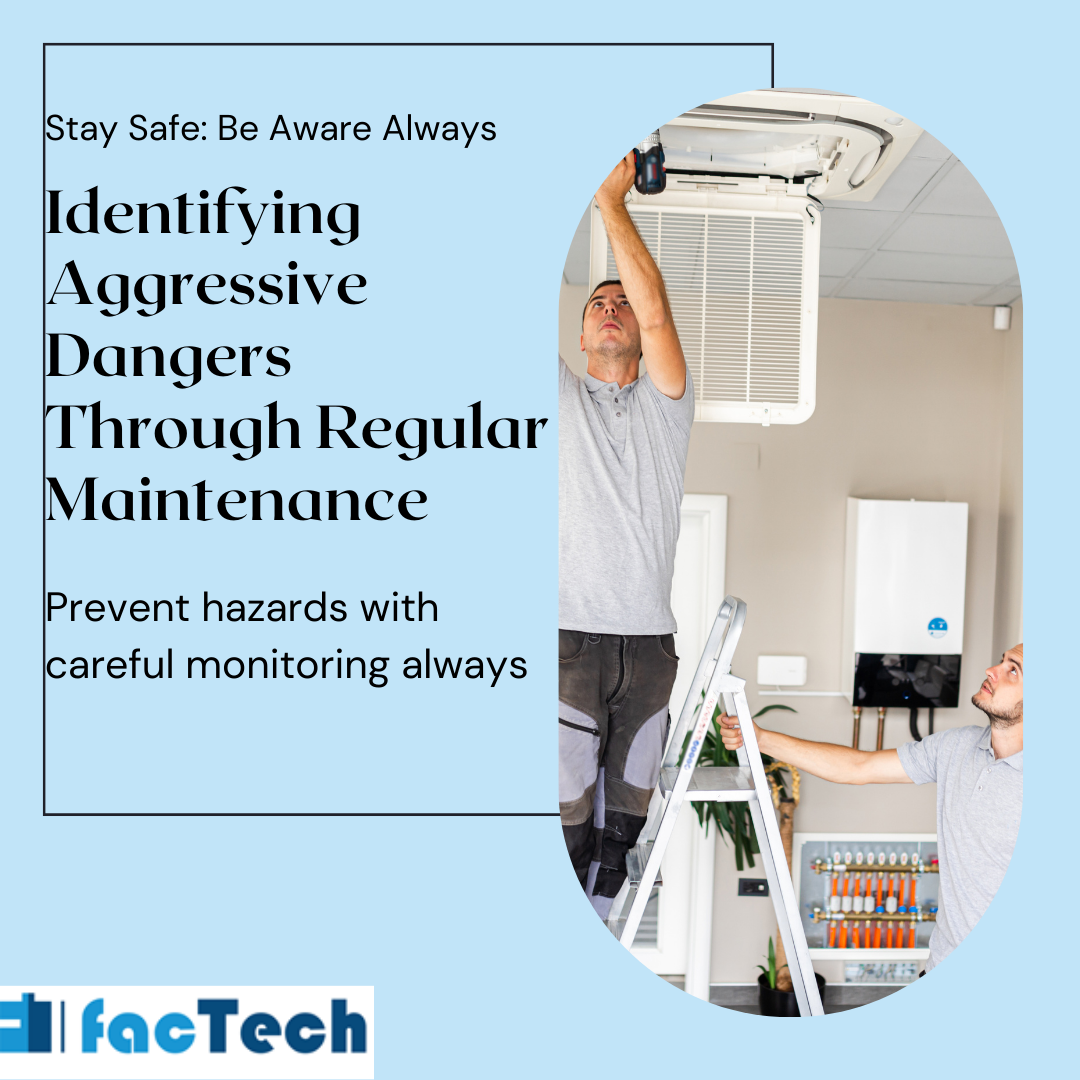
A checklist is not the only thing that makes maintenance effective. It takes a sharp eye to spot circumstances that could escalate into violence. The following is how maintenance staff can be made aware of these risks:
Recognizing equipment specifications:
Maintenance personnel should be aware of each piece of equipment’s manufacturer’s recommendations. A departure from these requirements, including strange noises or sensations, may be a sign of impending issues.
Identifying the symptoms of deterioration Signs such as loose connections, rust, corrosion, and cracks indicate that an equipment is almost at the end of its useful life. It’s crucial to replace worn-out parts before they break.
Recognizing incompatible substances:
Understanding how various chemicals react with one another is necessary for chemical storage facilities while near one another. To guarantee correct storage and avoid inadvertent mixing, maintenance staff should get training.
Taking environmental variables into account:
Vibration, temperature, and humidity variations can put equipment under stress and hasten wear. These environmental conditions should be taken into account while designing maintenance regimens.
Maintaining Equipment Performance:
Numerous establishments depend on intricate machinery, lighting, HVAC systems, elevators, and other equipment. The effective functioning of this equipment is ensured by routine maintenance. For example, regular maintenance and lubrication of elevator parts reduce the likelihood of problems, and cleaning ventilation systems stops pollutants from entering the air.
Maintaining Safety Features:
In an emergency, smoke detectors, fire extinguishers, and emergency exits are vital. These safety elements are kept accessible and functional by routine maintenance. This include verifying that emergency exits are easily accessible, validating the performance of alarms, and verifying the expiration dates on fire extinguishers.
Avoiding Slip-and-fall Incidents:
uneven terrain, damp flooring, and inadequately maintained paths may cause slip-and-fall incidents. Such accidents are less likely to occur when spills and leaks are promptly cleaned up and maintained.
Taking Environmental Concerns into Account:
Inadequate cleaning or broken ventilation systems can result in poor indoor air quality, which can cause diseases and respiratory issues. Frequent maintenance makes sure that the right cleaning, filtration, and air circulation procedures are followed, which improves the inhabitants’ quality of life.
Beyond the Observable: The Safety Ripple Effect
Regular maintenance has several advantages beyond only averting mishaps. Positive work environments are fostered by safe facilities, and this raises employee morale and productivity. Better operational efficiency results from a decrease in downtime brought on by equipment malfunctions. Additionally, a clean facility gives clients and guests a polished first impression, which enhances the organization’s general perception.
The Maintenance’s Preventive Power
Frequent maintenance aims to avoid issues before they start by doing more than just mending what goes wrong. Facility managers can spot possible risks and take action before they have a chance to result in mishaps or injuries by routinely inspecting, maintaining, and fixing building systems and equipment.
A closer look at how preventive maintenance keeps facilities safe is provided here:
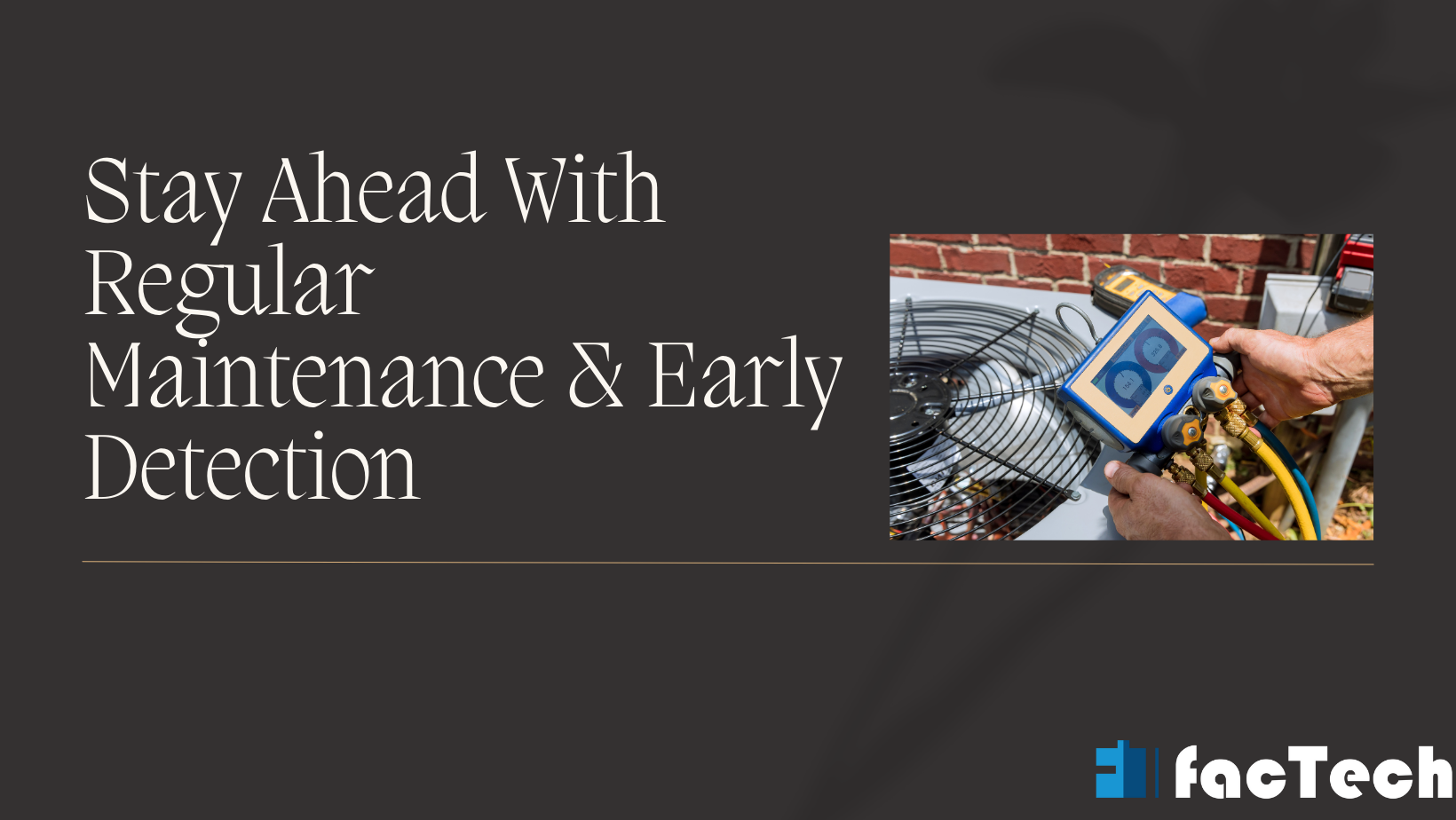 Early Issue Detection: Routine maintenance inspections find little issues before they become serious malfunctions. For example, a worn electrical connection can be found and fixed before it starts a fire.
Early Issue Detection: Routine maintenance inspections find little issues before they become serious malfunctions. For example, a worn electrical connection can be found and fixed before it starts a fire.
Decreased Risk of Failure: Regular maintenance keeps equipment operating at peak efficiency, reducing the possibility of unplanned malfunctions that could cause mishaps. For example, doing routine elevator inspections helps to avoid problems that can result in injuries.
Enhanced Safety Compliance: A number of safety laws require crucial systems and equipment to have regular maintenance plans. By following these procedures, the institution may be sure it complies with the law and keeps everyone safe.
The Maintenance Mandate of a Facility Manager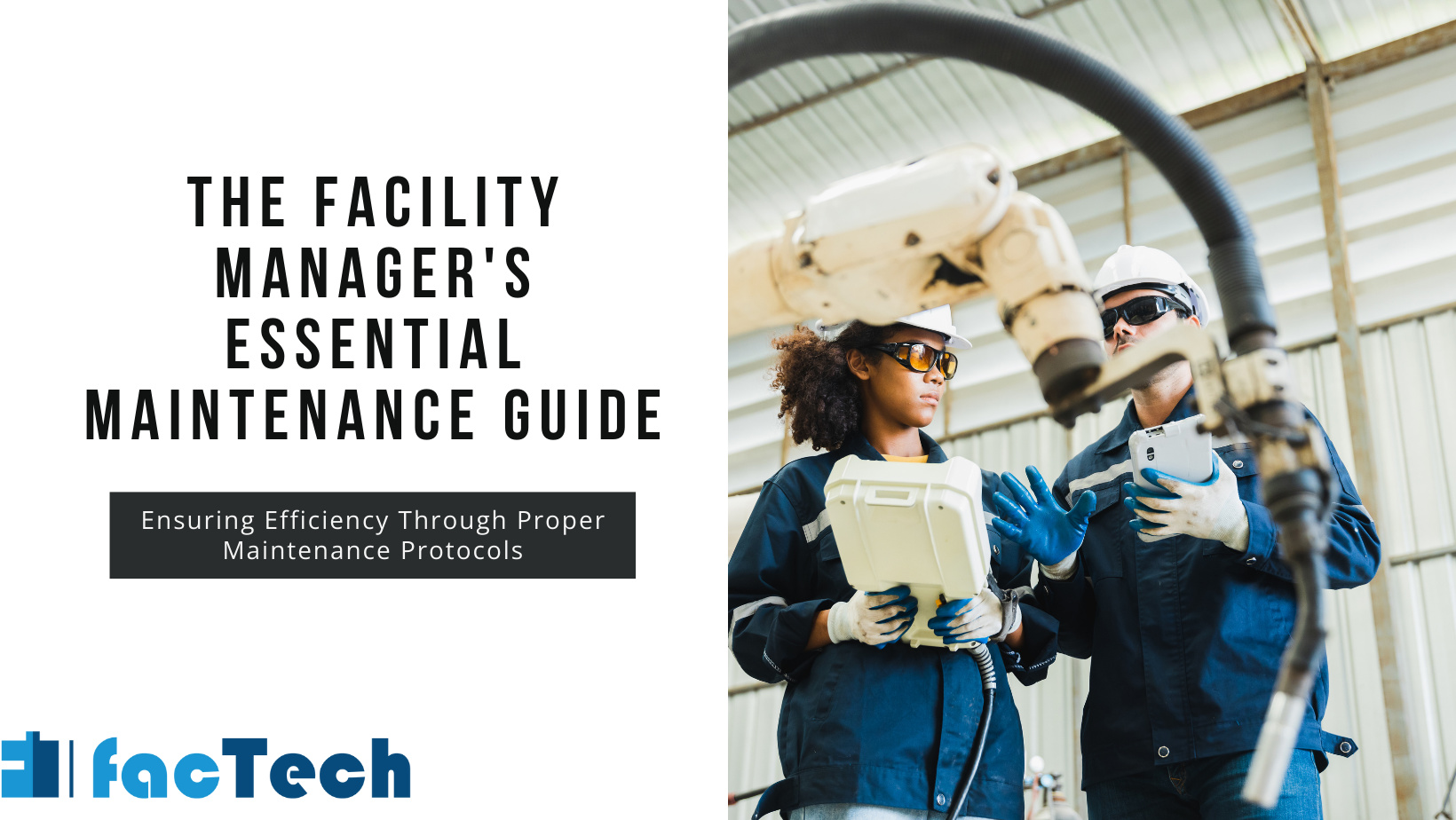
The proficiency and dedication of the facility manager determine how well the maintenance program of a facility works. The following is an outline of their main duties:
Creating a Maintenance Plan:
This should include every facet of the establishment, detailing the particular upkeep duties necessary for every apparatus, system, and building element. A timeline for these tasks should also be established in the plan, taking into account things like the complexity of the equipment and how often it is used.
Maintenance Scheduling and Execution:
Facility managers plan, schedule, and supervise the completion of the maintenance program, including inspections, repairs, and replacements. This could engage contractors, internal maintenance personnel, or a mix of the two.
The Advantages Above and Beyond Security
Although safety is still the top priority, routine maintenance has several other benefits as well:
Savings:
It has been shown that preventive maintenance saves money. By identifying issues early on, you save money on future, expensive repairs and replacements. Longer equipment lifespans additionally result in cost reductions.
Enhanced Efficiency:
Properly maintained machinery runs more smoothly, consuming less energy and improving a building’s overall efficiency.
Improved Aesthetics:
A well-kept building gives off a polished, welcoming impression that can draw in clients or tenants as well as create a happy work atmosphere.
Strengthening the Base: Practical Upkeep Techniques
The following are some essential guidelines for creating a strong maintenance program:
Build a Complete Plan:
Make a plan that details the facility’s particular maintenance requirements, such as the frequency of inspections, suggested maintenance activities, and procedures for repairs and replacements.
Make Preventive Maintenance a Priority:
Pay attention to identifying difficulties early on to stop them from developing into more serious, expensive problems. Based on the particular equipment and building systems, schedule routine maintenance and inspections.
Invest in Skilled Staff:
It is essential to have a crew with the necessary skills to carry out routine maintenance, conduct inspections, and spot possible issues. If required, think about outsourcing specialized maintenance work.
Keep Complete Records:
Keep track of all maintenance operations, including the date, kind of work completed and any parts changed. Maintaining these records makes it easier to spot patterns, pinpoint persistent problems, and plan ahead for upcoming maintenance.
Adopt Preventive Technologies: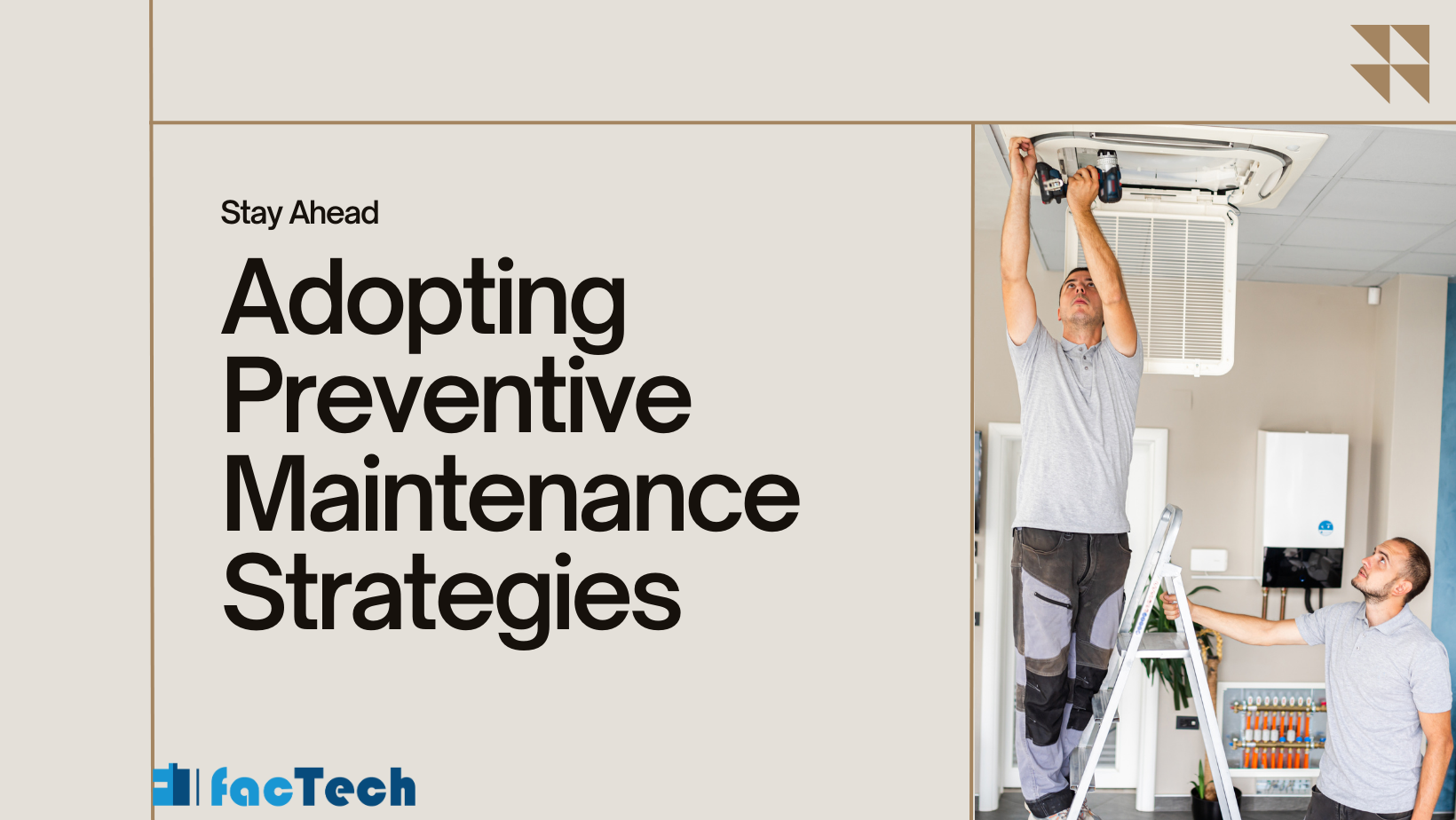
Make use of technology to automate procedures and expedite maintenance schedules. For example, sensor-based monitoring systems provide preventive maintenance interventions by providing real-time data on equipment health.
Results
Frequent facility maintenance aims to foster a culture of safety and preventative care rather than merely fixing broken equipment. Organizations that prioritize maintenance initiatives can concurrently enjoy increased productivity, cost savings, and a safe and healthy environment for all facility users. In the grand scheme of things, well-kept buildings are an investment in the success of the whole project rather than a cost of the company.
FAQs
1. What makes routine maintenance crucial for the security of a facility?
Frequent checking assists in spotting any risks and taking appropriate action before they result in mishaps.
2. Apart from safety, what are some advantages of routine checking?
Over time, routine check might help you save money. Early detection of minor issues can help you avoid having to make extensive repairs.
3. How frequently should I maintain my facility?
The particular building and equipment will determine how frequently maintenance is performed. On the other hand, having a regular maintenance program including daily, weekly, monthly, and annual activities is often advised.
